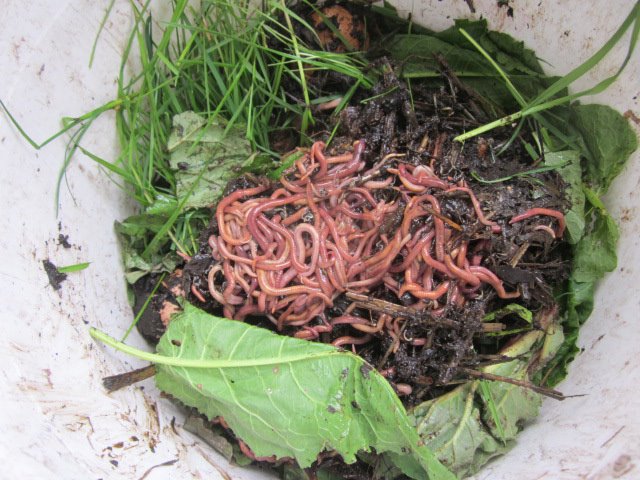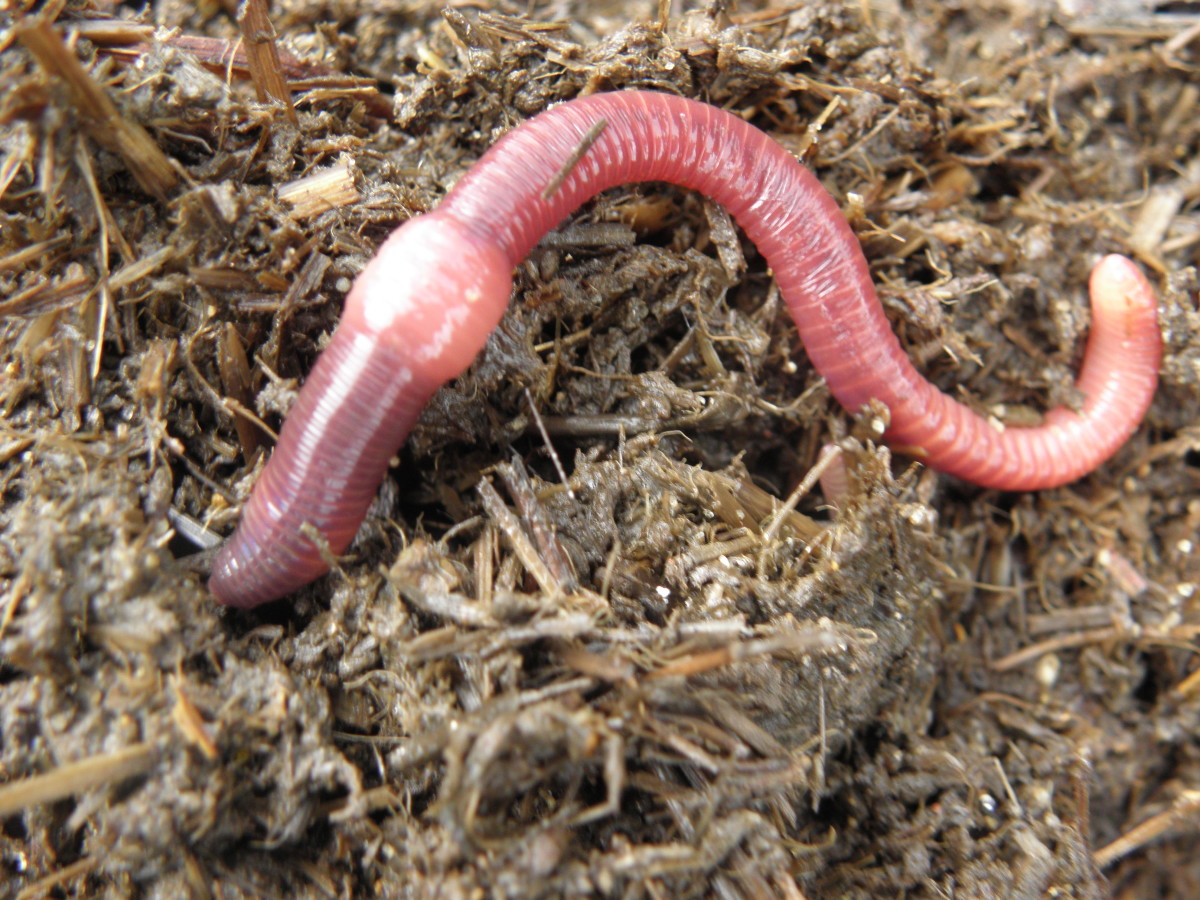Checking Out the Systems of Red Wiggler Composting: A Comprehensive Overview to the Refine and Its Positive Effect On Sustainable Gardening Practices
The intricate systems of red wiggler composting, using the unique physiology of Eisenia fetida, offer a compelling avenue for enhancing lasting gardening techniques. As metropolitan horticulture gains grip, comprehending the subtleties of this composting technique comes to be increasingly pertinent.
Comprehending Red Wigglers
Red wigglers, clinically called Eisenia fetida, are a types of earthworm highly pertained to for their effectiveness in composting natural waste. These worms prosper in nutrient-rich environments, especially in decaying raw material, making them suitable for vermicomposting systems - Red Wiggler Composting. Defined by their reddish-brown coloration and segmented bodies, red wigglers are smaller sized than usual earthworms, commonly determining between three to 4 inches in size
Their special physiological qualities enhance their composting capacities; for circumstances, they possess a high reproductive price, enabling populations to multiply swiftly under suitable conditions. Red wigglers eat organic material, breaking it down via their digestion systems, which causes nutrient-rich spreadings that function as a superb organic plant food. Their voracious cravings enables them to refine large volumes of food waste successfully, dramatically minimizing land fill contributions.
In addition to their composting expertise, red wigglers play a crucial function in dirt health. Red Wiggler Composting. They aerate the soil and help with the disintegration of organic issue, further enriching the dirt environment. Understanding the characteristics and environmental benefits of red wigglers is essential for any person aiming to execute lasting gardening methods with reliable composting techniques
The Composting Process
The composting procedure entails breaking down organic products right into nutrient-rich garden compost, a job that red wigglers succeed at as a result of their specialized digestive systems. These worms eat food scraps, yard waste, and various other natural issue, changing them right into useful compost through a series of organic and chemical procedures.
Originally, the organic matter is combined with bed linens products such as shredded paper or dried leaves, producing an ideal environment for the worms. As the red wigglers ingest this combination, they break it down via their intestine, where microbes further break down the product. This process produces heat, advertising microbial task, which increases decomposition.

Benefits of Red Wiggler Composting
Lots of gardeners and eco-conscious individuals acknowledge the various advantages of red wiggler composting, making it a popular option for reliable waste management. Among the key advantages is its capacity to dramatically decrease natural waste in garbage dumps - Red Wiggler Composting. Red wigglers successfully break down kitchen area scraps and other biodegradable products, changing them right into nutrient-rich vermicompost that enhances soil wellness
Furthermore, red wiggler composting boosts dirt framework and fertility. The resulting vermicompost is bristling with advantageous bacteria, which advertise plant development and improve nutrient retention. This natural fertilizer not only sustains lasting horticulture practices yet likewise reduces dependence on chemical plant foods, fostering a much healthier i was reading this environment.
Furthermore, red wiggler composting is a space-efficient method, making it ideal for metropolitan gardeners with restricted space. The process can be carried out indoors or outdoors, allowing for year-round composting no matter climate problems. Additionally, red wigglers are low-maintenance microorganisms that call for very little treatment, making them accessible for newbie gardeners.
In significance, the benefits of red wiggler composting prolong beyond waste reduction; they add to healthier soils, lasting horticulture techniques, and ecological stewardship, positioning it as a useful method in modern gardening.
Best Practices for Composting
For effective red wiggler composting, adhering to best methods is crucial to make the most of efficiency and make sure an effective setting for these worms. This balance advertises optimum disintegration and boosts the worms' health and wellness.
Following, screen dampness levels, going for a moist, sponge-like uniformity. Excessively wet conditions can bring about anaerobic disintegration, while excessive dryness may impede worm activity. Additionally, make sure appropriate aeration by turning the compost regularly, which helps prevent compaction and enables adequate oxygen flow.
Temperature level is one more vital element. Maintain an array of 55 ° F to 77 ° F(13 ° C to 25 ° C) to promote worm task and microbial development. Finally, prevent presenting meat, dairy, and oily foods, as these can attract insects and develop smells.
Enhancing Lasting Gardening
Lasting horticulture embodies an all natural strategy that harmonizes environmental principles with practical horticulture strategies. By incorporating approaches such as red wiggler composting, garden enthusiasts can significantly improve their practices, promoting a much more durable environment. Red wigglers, renowned for their efficient decay abilities, transform natural waste into nutrient-rich garden compost, thus improving the dirt without relying upon chemical plant foods.
Executing sustainable gardening strategies, such as crop turning, companion growing, and mulching, further matches the benefits of composting. These practices not just boost dirt structure and fertility but additionally promote biodiversity, drawing in helpful insects and organisms that add to grow health and wellness. Additionally, utilizing native plants can decrease water intake and minimize maintenance, lining up with water preservation efforts.

Final Thought
In conclusion, red wiggler composting represents an important method for improving sustainable gardening methods. Inevitably, the fostering of red wiggler composting can significantly contribute to environmentally friendly gardening, benefitting both metropolitan and beginner gardeners in their growing efforts.
The elaborate systems of red wiggler composting, using the distinct physiology of Eisenia fetida, present a compelling avenue for enhancing find lasting horticulture techniques. Recognizing the features and eco-friendly advantages of red wigglers is necessary for any individual looking to carry out sustainable gardening practices via reliable composting techniques.

In verdict, red wiggler composting stands for a crucial approach for boosting sustainable horticulture methods. Ultimately, the fostering of red wiggler composting can substantially contribute to environmentally friendly horticulture, benefitting both city and newbie gardeners in their growing efforts.